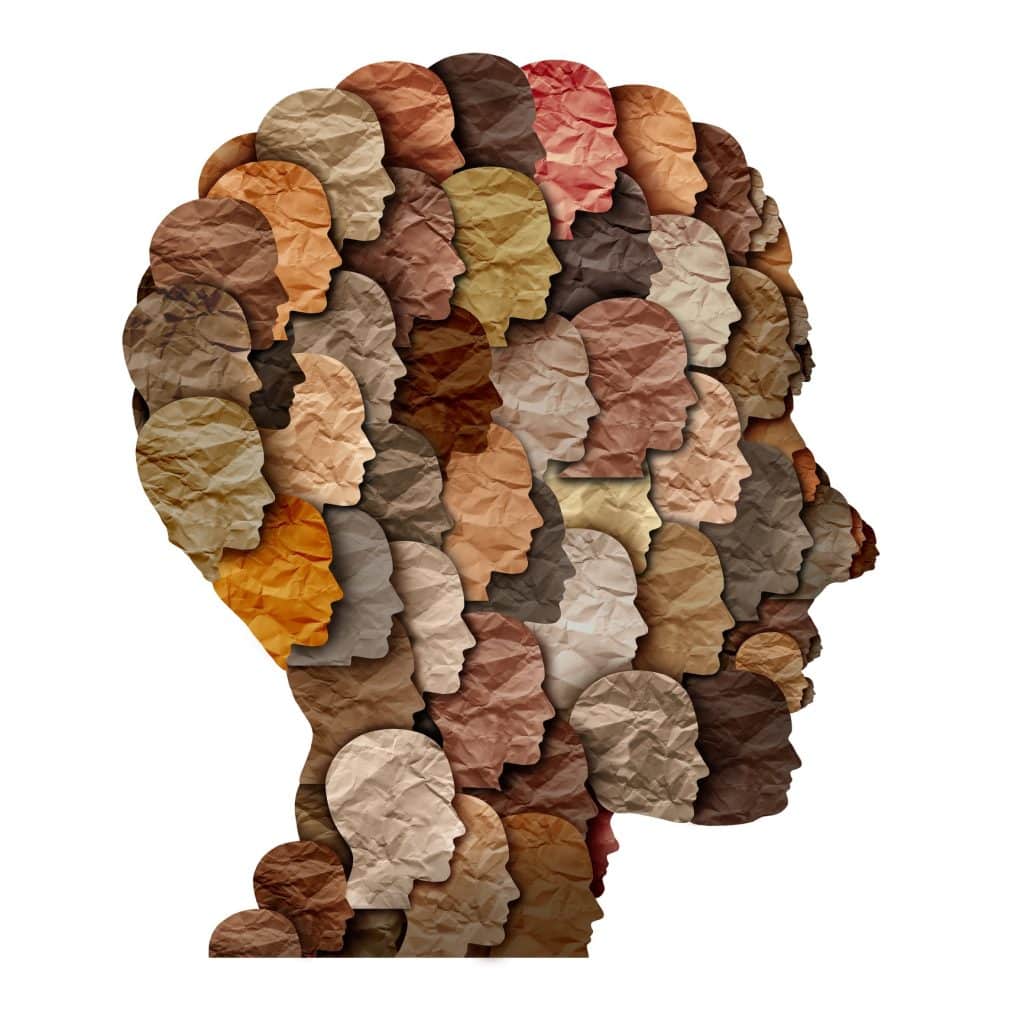Charlotte E. Ray defied overwhelming racial prejudice and sexism in 19th-century America to become the first practicing African-American female lawyer in the United States. Her story is a testament to how civil rights activism and education paved the way for Black Americans to become pioneers and agents of change in the legal field.
Born in 1850, Charlotte E. Ray was exposed to civil rights activism at an early age. Her father was an abolitionist, who helped run New York’s underground railroad and edited a newspaper called Colored American.
Ray’s formal education started at Myrtilla Miner’s Institution for the Education of Colored Youth in Washington DC, one of the few schools that was open to young Black women at the time.
At age 19, Ray started to train as a teacher at Howard University, a historically black college in New York. Drawn to legal studies, Ray started taking law classes at the university. The legal profession was dominated by white men who prevented women and African-Americans from studying or practicing law, according to historian Susan Erlich Martin.
In 1872, Ray became the first Black woman admitted to earn a law degree and start practicing in the US. In order to gain admission to the District of Columbia Bar, Ray is said to have applied under the name C.E. Ray to hide her gender.
About a decade after becoming a lawyer, Ray was forced to close her practice: the prejudice she faced as a Black female attorney prevented her from securing enough clients to stay in business, according to History.com. She moved to New York and became a public school teacher and continued to support both women’s suffrage and equality for black women.
While Ray’s career in law may have been short-lived, she opened the door for other Black women to become lawyers. Nonetheless, as of 2018, only 5% of practicing attorneys in the US were African American, according to the American Bar Association.





